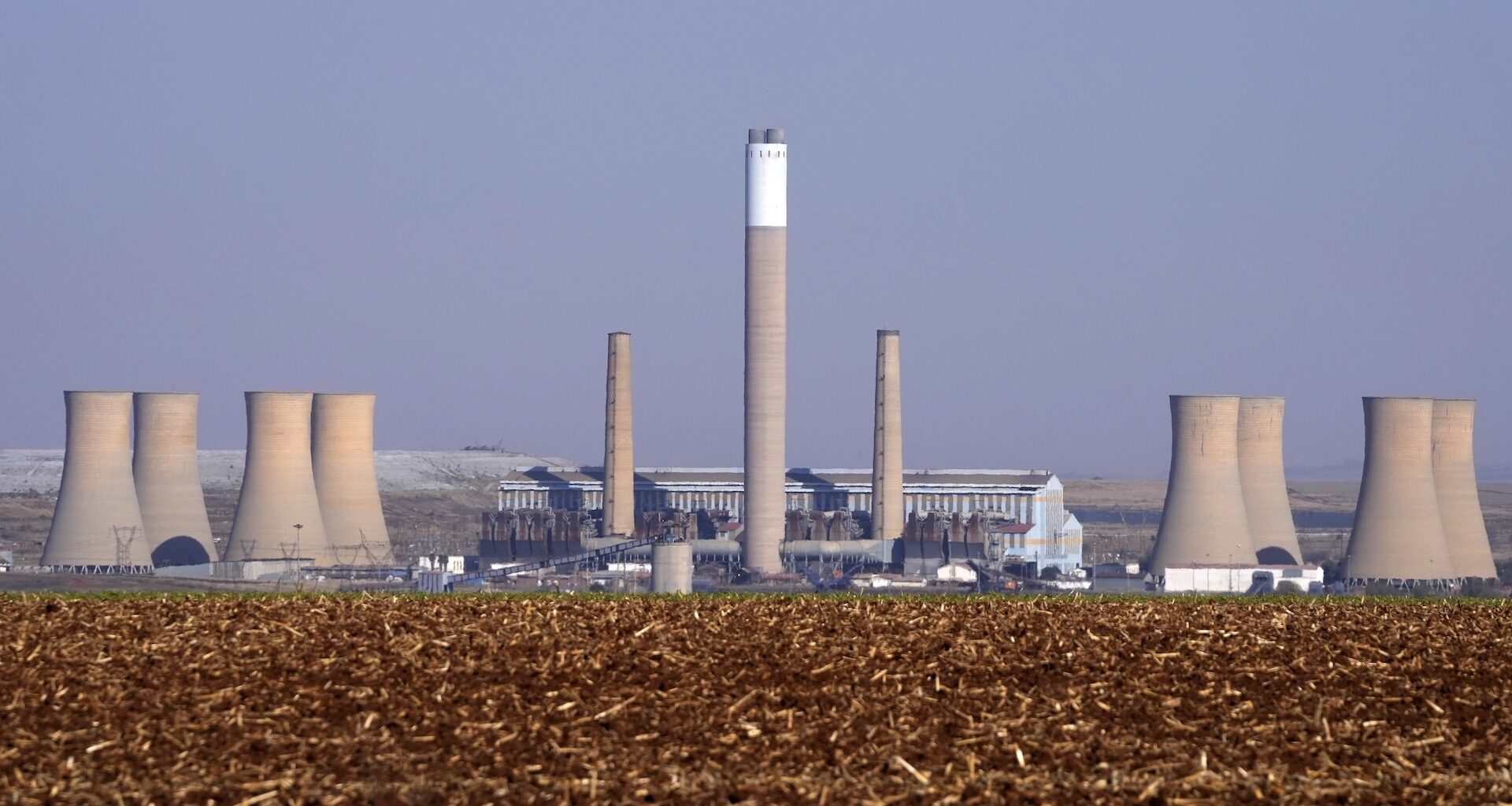It is well-known by now that low-income countries are the ones most exposed to the consequences of climate change. In most cases, for instance, a majority of their populations rely for their livelihoods on rain-fed agriculture, 95 percent of which happens in Africa. Erratic weather patterns therefore expose them to greater levels of food insecurity. Similarly, many low-income countries lack resilient infrastructure, early warning systems or the ability to adequately respond to natural disasters. That means that natural disasters often result in much higher death tolls and property damage, as was just seen in northern Nigeria, where a flood killed more than 700 people earlier this month.
Because of this vulnerability, low-income countries are often seen as the primary beneficiaries of policies meant to mitigate the effects of climate change, whether global accords like the Paris Agreement or those adopted by high-income countries, like the European Union’s Carbon Border Adjustment Mechanism, or CBAM. From there, it is a small leap to presume—as often happens in the global discourse on climate change—that low-income countries must play along with these policy prescriptions.
Convinced of this logic, high-income countries have not shied away from leveraging global institutions like the World Bank, the International Monetary Fund and the United Nations to externalize their domestic climate policies, while claiming that low-income countries willingly sign on to climate programs or riders when accepting projects from these and other multilateral organizations. However, the agency of these countries in such transactions is often shaky at best, if for no other reason than their dependence on donors for funding.
